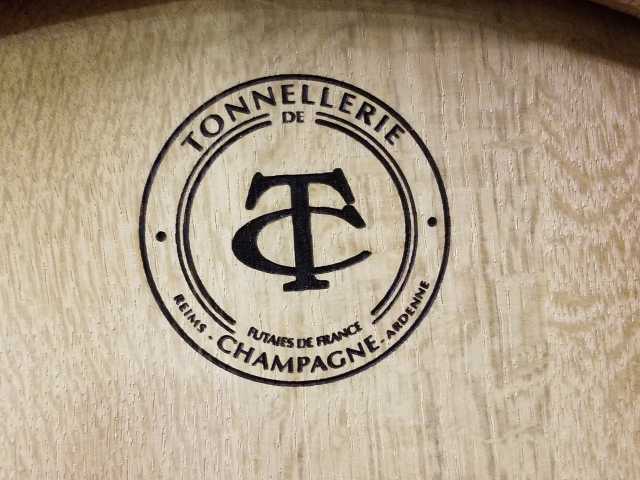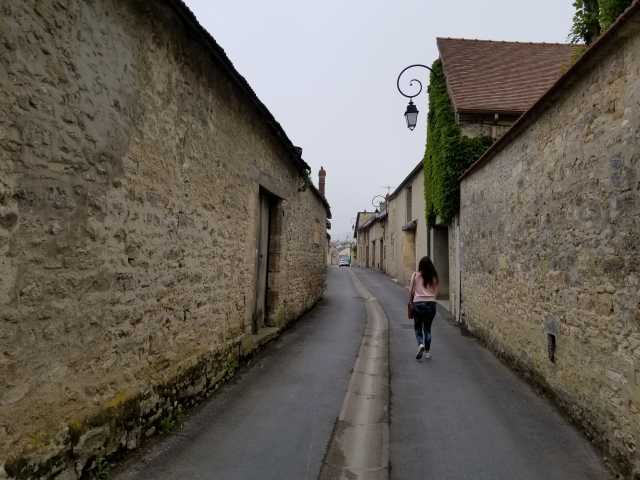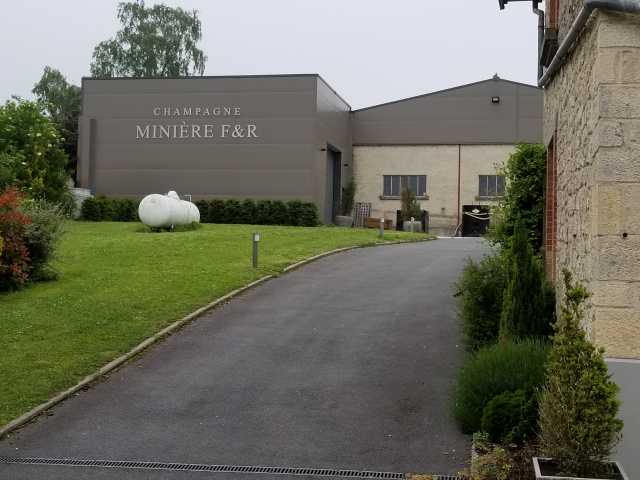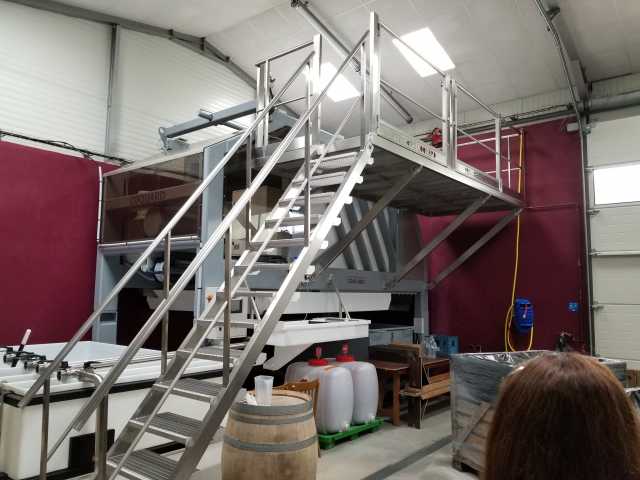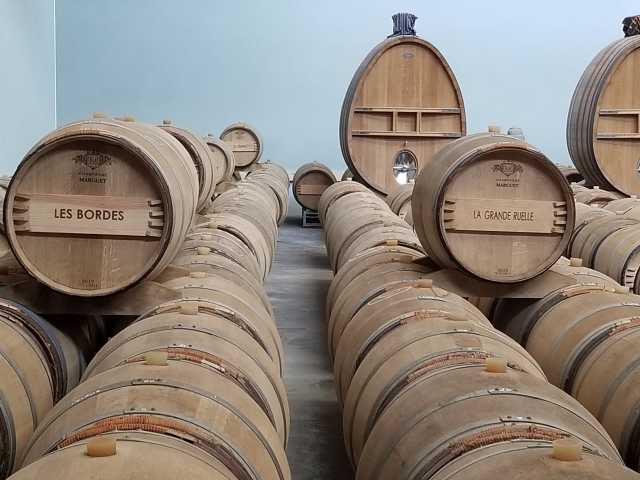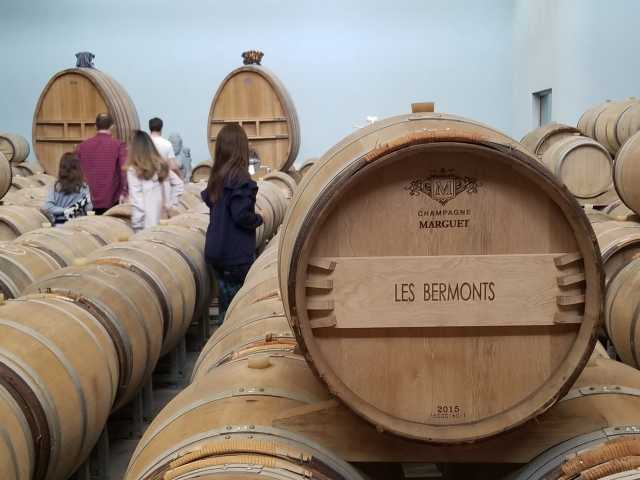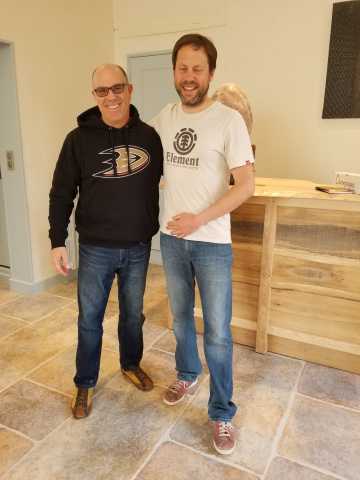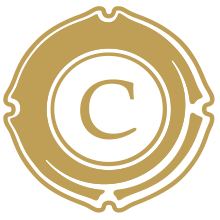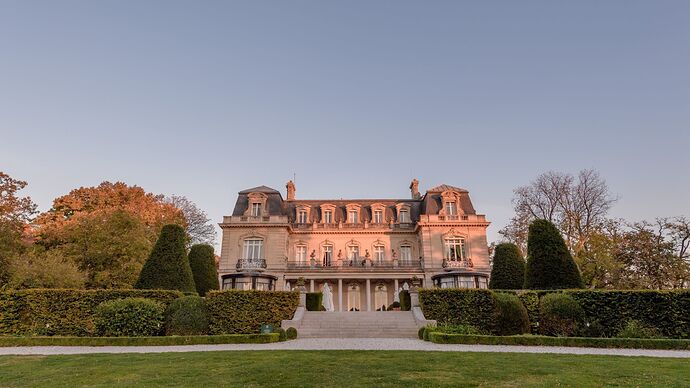Wednesday DETHUNE
Dethune is not far from Rilly, just east on D26, and it sits directly across the road from both MARGUET, as well as the Krug Clos d’Ambonnay plot. In fact, as you drive out of Ambonnay and prepare to take the short drive into the next village that is Bouzy, Dethune is the last thing you really see before the village disappears behind you.
I will say at the outset, I really like Dethune. I have drank more bottles of their NV Rose than any other champagne over the past 3 years, close to 3 cases of it. It drinks with acidity, fruit and a moderate dosage, including that the family farms the fruit cleanly, so all that adds up to a winner for me. Plus, I can usually find it for $40 a less, which makes it even better. With that inspiration, I made an appointment to see Sophie Dethune.
The winery is old, if I recall correctly coming down through the many generations that preceded Paul Dethune, who is Sophie’s husband. You enter the wooden doors of the winery that look out onto the Ambonnay plateau and landscape. The courtyard that is through the doors reminds me a bit of a large, Mexican courtyard that I might find in central colonial Mexico: rustic, quiet with lots of greenery growing on the walls. When we arrived, Paul was in the vineyards–the family farms 7 hectares–and as I mentioned earlier, and what is well-documented on their website, they farm in a clean, sustainable manner that like many of my other stops, focused upon preserving and honoring the soil and the environment from which they make their living. In addition, in Sophie, you have a voice who is outspoken, candid and also knows this business. We talked about the state of the times for the independent vigneron, of which Dethune is one of them, growing and making all of their own wines. And with time and the pressures of economics–land prices, the influence of the cooperatives and the big houses, etc–this category of producer may continue to shrink and shrink. Why? It’s more costly and harder to farm like Dethune. And, the costs and risks to farm for quality over quantity are not the easy route. Instead, it becomes financially profitable and less risky to simply farm industrially, sell to the cooperative or the big houses. While I am over-simplifying here, this is essentially the picture of things. In fact, a lot of their production doesn’t even go to France, instead to other places like Sweden and into the US. This is where, in part, the consumer wants their philosophy, their approach. Certainly for me, this is why I support Dethune. Finally, she also told me that Dethune, along with 9 other independent grower/producers is all that remain in Ambonnay. So, think Egly-Ouriet, Ledru, Rodez, Marguet, etc. This is the contrast: in such a large growing area like Ambonnay, rich in history and accomplishment, very few of the independents remain.
Sophie gave Jill and I a great tour. We got to see their caves, which are truly cut into the subterranean portion under the winery. The chalk throughout the caves is moist and as I rubbed my hand across it, the white chalk dried on my hands like a white powder. And recently, they expanded the cellars of the winery, and you will see below in my photos some very modern touches. The elevator that is large enough to be as big as any freight elevator you might find in a high-rise building. And, the new underground production of course sits under the surface, which at the surface is a large plot of grass that eventually she wants to plant. She needs to get approval for it, as with much in Champagne, where and what you grow is regulated. Based on the 2MM Euro cost to make all the changes underground and really add this modernized aspects, she calls the plot of grass on the surface her “5th Avenue”. Land is so incredibly expensive in Ambonnay that anything that can be planted, it’s silly not to, which is in part why she wants to get approval to grown on her Park Avenue.
There was also a very large cask of reserve wine sitting in their cellar, one that contains a solera of the past 40 years. Yes, the older vintages (much like a similar one that is going at Mousse) become less and less a percentage of the whole, but in the end they have this history sitting in this cask, and it also gives them insurance in leaner yielding years to have reserve wines for which they can blend into the current vintage to help ensure their production goals.
The tradition, care for the environment and effort is really what I appreciate about Dethune, Do I like all their wines? Well, not all of them as I made that delineation below when I wrote up the 2008 Millesime. I find their dosages to perhaps be higher than I prefer so I am selective. I did bring home a bottle of their Brut Nature, as I really enjoyed it, and I continue to be a devoted fan for their NV Rose. If you have not had it, find some and try it. It’s excellent.
My TNs follow, along with a handful of photos to try and bring you back to Dethune.



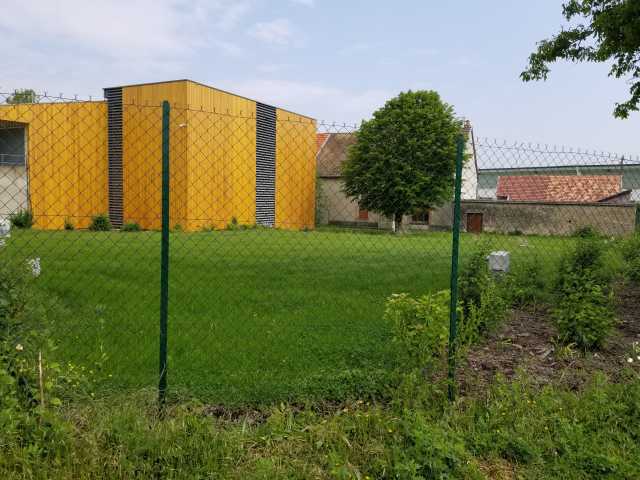










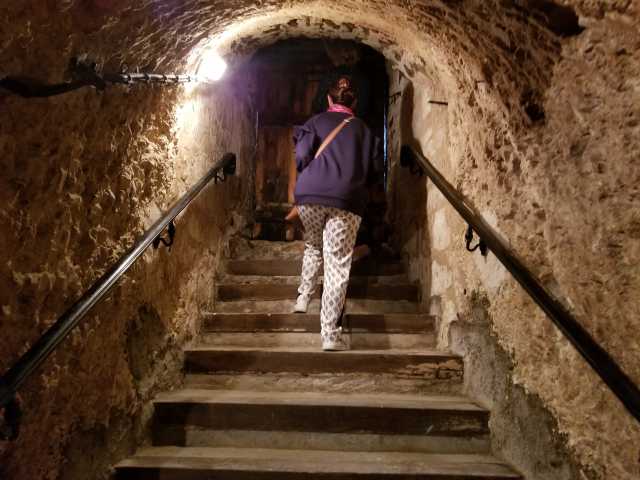



My next update will be the wines of Cedric Mousse (MOUSSE FILS). Some of you may have bought into the recent Envoyer offer and I tasted the entire range at Mousse so stay tuned. Thanks for reading. (PS–my apologies for the photo that fell out of sequence below. Stumped to fix it, but it shows the fact that at Dethune, they do use a local Reims cooperage that I had not noticed in other wineries we had visited).
